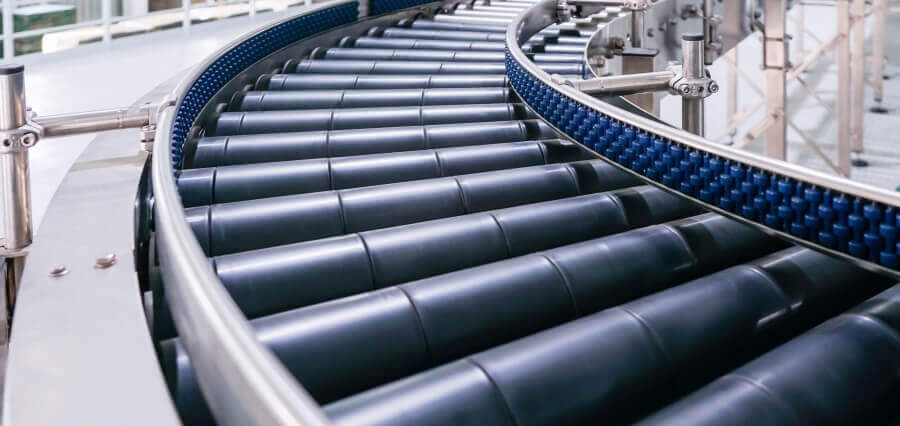A conveyor system is a type of mechanized transport designed to move material, typically by carrying it or conveying it. This article lists some of the tips for choosing the right conveyor system for your needs.
The Different Types of Conveyor Systems
When deciding on a conveyor system for your warehouse, there are many factors to consider. Ensure you do some research on the different types of conveyor systems and what each type is best for. There are five different types of conveyors: automatic guided vehicles, single stream, double stream, multiple stream, and belt. You should also measure the floor space of your warehouse before determining which type of conveyor system is best for your warehouse. Belt conveyors are the most common and very affordable way to move material throughout your warehouse. They can be manually operated or automatically guided. Belt conveyors are available in many sizes, but there is no standard size on all belts. The width, height, and length of a belt depend on the size of the warehouse you have. If your warehouse is small, you can choose a very narrow belt
Typical Belt Conveyor System Process
It’s important to understand which type of conveyor system will best fit your needs. There are two basic types of conveyor systems, a belt or a chain-type. The belt system allows you to move the product along the belt by using motorized rollers or other conveyors that are attached to the belt itself. This type of system would be most suitable for one-product environments, such as in a small manufacturing plant where all products would move on a single belt. A chain system will allow you to move individual products by using a conveyor chain that is mounted on a stationary base. The chain may be attached to a pallet or other type of support system.
Using a conveyor belt to move product is a perfect solution for high-speed. Choosing the right conveyor system for your needs is the key to ensuring a smooth running operation and increased productivity. The type of conveyor system you choose will depend on what you want to achieve and how much time you want to dedicate to its installation. Here are 5 tips for choosing the right conveyor system.
Different Types of Belt Conveyors
Conveyors are designed to move materials in factories, warehouses, and distribution centers. There are three main types of conveyor systems: belt, continuous-coil, and rack-and-pinion. Each type has its own advantages and disadvantages; however, all conveyor systems must be properly maintained to ensure that they run smoothly. Belt Conveyors Belt conveyors have been around since the early 1900s, and they still dominate manufacturing facilities today. They present a few problems, however: They take up space.
They require regular maintenance.
They do not move materials as fast as other systems.
Fabric conveyor belt
Conveyors are an important part of manufacturing and warehousing. They transport materials and products from one point to another. The methods used in choosing the right conveyor system can be very specific depending on what you’re transporting, where you’re transporting it to, and what type of products or materials you’re carrying. To choose the right system for your needs, it’s important to determine some key points before making an investment. A fabric conveyor belt is a belt that is designed to transport variable-sized materials. They are most often used in the manufacturing industry and in packaging plants, but they can be used for other purposes too. The most common type of fabric belt is an endless loop that includes a non-woven layer of material to help decrease friction and increase the speed of the belts.
Work Environment and Selection Criteria
When selecting a conveyor system you should consider the work environment. For example, whether the location is in a warehouse or factory, large or small, and for stationary or mobile use. You also need to choose which type of conveyor to purchase based on what types of products are being moved. Another factor is if you want to choose a system that requires little maintenance or one that can be completely automated.
There are many aspects to consider when choosing the right conveyor system, including whether it’s going to be used indoors or outdoors, what the height of its parts is, how much the machine will weigh, and more. No matter what type of material you need to move around in your facility, these tips can help you find the perfect conveyor system for your needs.
Conclusion
Choosing the right conveyor system for your production needs is a big decision, and depending on your specific application, it can be challenging. There are many factors to consider, such as operating efficiency, productivity, and safety. When properly choosing the appropriate system for your application, you can reduce the risk of accidents and increased production times


